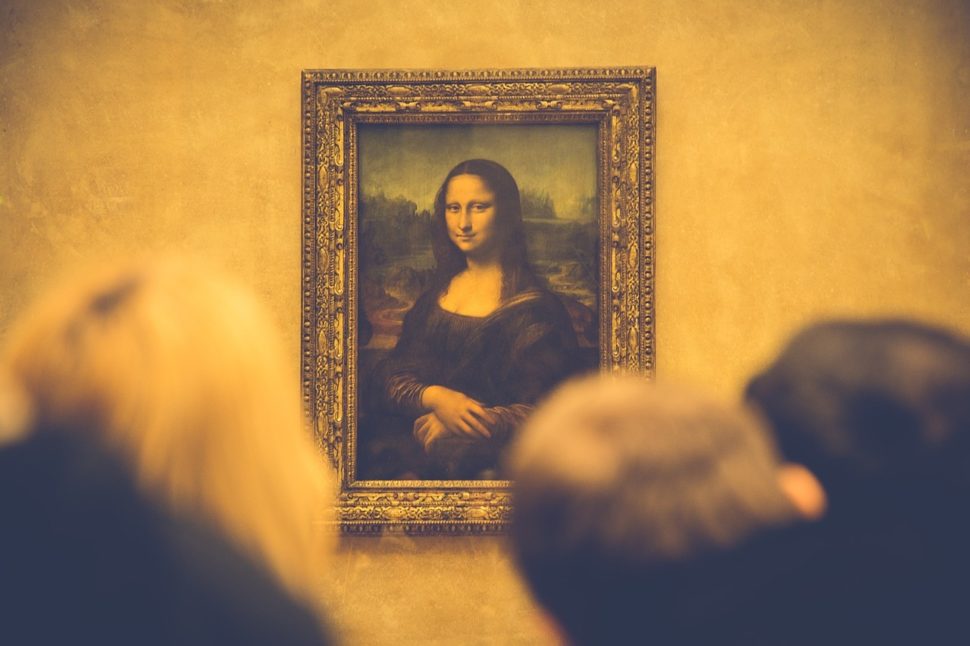A recent study suggests that Mona Lisa’s smile may express unhappiness.
Leonardo da Vinci’s portrait of Lisa Gherardini, the wife of Francesco del Giocondo is best known as, the most visited, the most written about, the most sung about, and the most parodied work of art ever. The reason is not far-fetched.
Aside from being a masterpiece from a renowned artist, the subject in the painting has an enigmatic expression that critics find intriguing.
From her soft face to the direction of her gaze, Mona Lisa seems to exude different emotions. Perhaps the most misleading part of the painting is its smile.
As a result, several critics, artists, and scientists alike are on a mission to make sense of Mona Lisa’s smile. Now a trio of scientists have joined the quest and they’re saying that the smile is almost certainly “forced.”
This raises the exciting possibility that Leonardo deliberately portrayed her that way.
The Science Behind Mona Lisa’s Smile
Dr. Lucia Ricciardi at St George’s, University of London is an expert at facial expressivity and facial emotion recognition in people with movement disorders.
Her previous works include researches into conditions such as Parkinson’s disease, which comes with a distinctive lower facial expressivity. She also has an ongoing study of facial expressions in healthy subjects.
Then, she decided to dabble into something more artistic. Together with colleagues Matteo Bologna and Luca Marsili, Dr. Ricciardi chose to unravel the mystery behind Mona Lisa’s smile.
First, they had to understand the mechanism of the expression. To do this, the researchers used the “chimeric face” technique. This involves cutting the mouth in half and placing each half next to its mirror image.
Then, the researchers invited 42 participants to judge and rate the two chimeric images based on their perceived expression.
Most of the participants said that the left-left image showed less happy. The right-right image, on the other hand, was less expressive. While it looked sad to some participants, others said it appeared neutral.
This led the researchers to conclude that the Mona Lisa is smiling asymmetrically. What does this mean, you wonder?
What it Means To Smile Asymmetrically
According to Dr. Ricciard, most neuropsychological theories point that an asymmetric smile is usually non-genuine.
Not only is a natural smile symmetrical and bilateral, but it also comes with the activation of the upper face. The painting appears to be missing these features.
Another recent study by Paul Ekman suggested that an asymmetric smile is a sign of insincerity. Ekman believes it’s the facial expression we use when we’re telling a lie.
While the researchers may have unraveled the science behind Mona Lisa’s smile, one big mystery remains.
Dr. Ricciardi noted:
“So we have enjoyed hypothesizing that this asymmetry was a deliberate action. What we still don’t know is the reason that he portrayed her this way—so her smile is as elusive as ever.”
The researchers published their findings in the journal Science Direct.



















Comments (0)
Most Recent